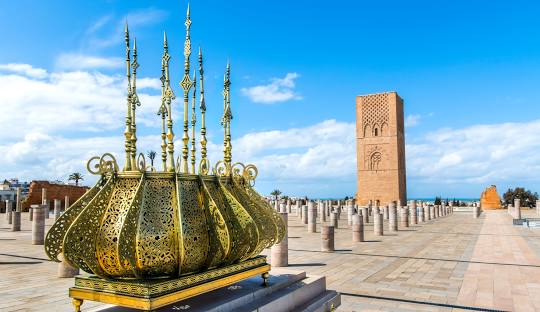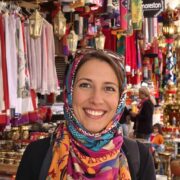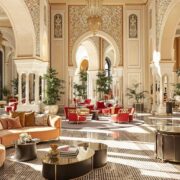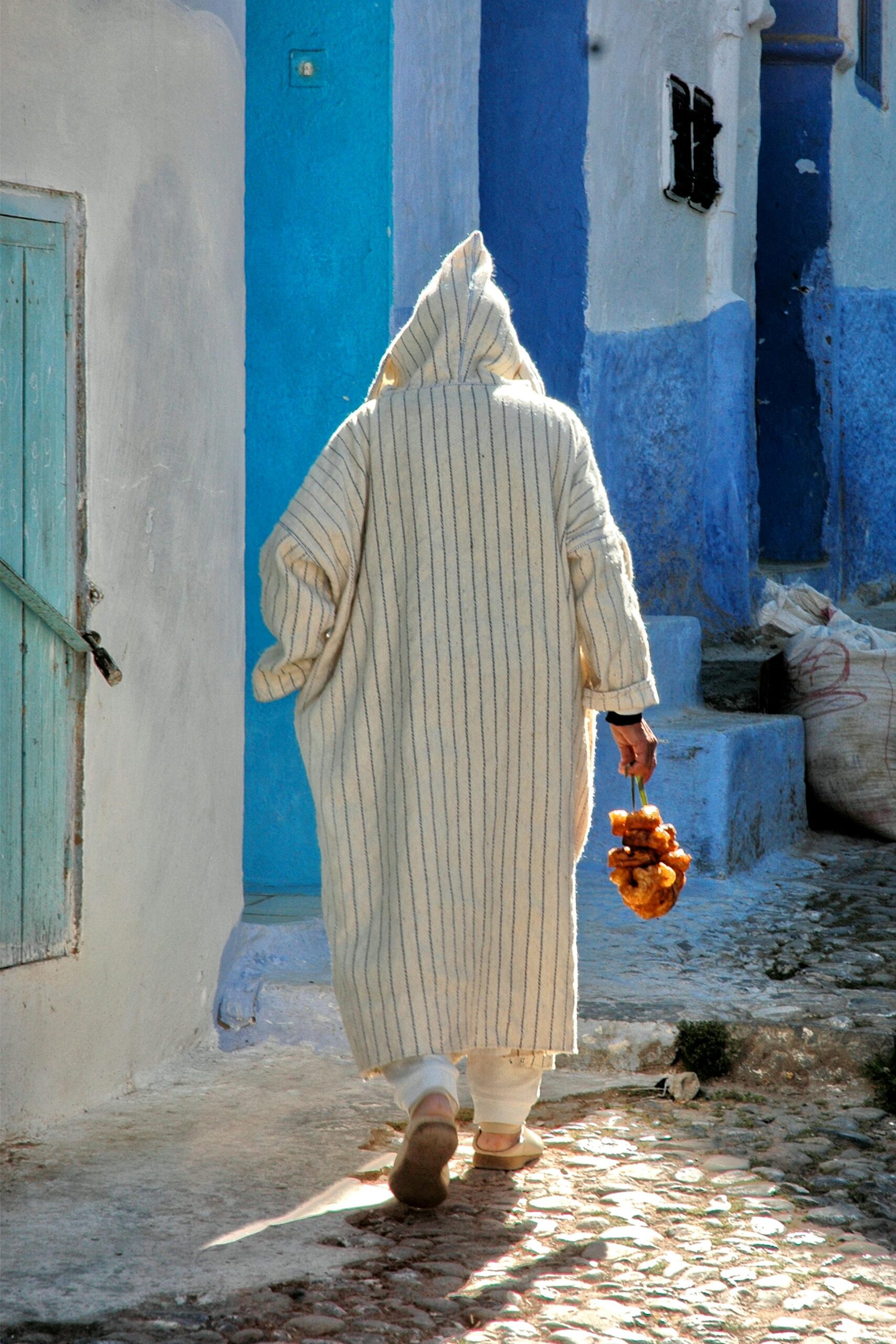
The Moroccan Jellabah: A Timeless Symbol of Comfort and Tradition
The Moroccan Jellabah is one of Morocco’s most iconic and versatile garments, representing a unique blend of comfort, practicality, and cultural significance. Known for its flowing silhouette and distinctive design, the Jellabah is worn by men and women alike across Morocco, from bustling cities to rural villages. Whether worn on a casual day or at more formal occasions, the Jellabah embodies the elegance and traditions of Moroccan life.
At MoroccoWow, we explore the history, style, and enduring popularity of the Moroccan Jellabah, a staple of the country’s wardrobe.
1. The Origins and Cultural Significance of the Jellabah
The Jellabah, sometimes spelled djellaba or jelaba, is a long, loose-fitting robe with a pointed hood, which has become a quintessential part of Moroccan attire. This garment is believed to have its roots in North Africa, specifically in the Berber and Arab cultures that have shaped Moroccan history and fashion. Over time, the Jellabah has been adopted by both men and women, and its design has evolved to reflect regional and cultural variations.
Cultural Importance:
- The Jellabah is not only a practical garment but also a symbol of Moroccan identity. Its widespread use across various regions of Morocco underscores its role in the country’s daily life and culture.
- Traditionally, the Jellabah was worn as an all-purpose garment for protection against the elements, particularly the hot sun and cold desert winds. It has since become a fashion statement, reflecting the wearer’s social standing, personal style, and adherence to Moroccan tradition.
2. Design and Structure of the Jellabah
The Moroccan Jellabah is a simple yet striking garment, and its design is characterized by several key features that distinguish it from other types of robes.
Key Elements of the Jellabah:
- Hood (Kouffa): One of the most iconic features of the Jellabah is its pointed hood, known as kouffa. The hood serves both a practical and aesthetic purpose, protecting the wearer from the elements and adding an elegant touch to the garment. In some regions, the style and shape of the hood may vary, but it is always a signature component of the Jellabah.
- Loose Fit: The Jellabah has a flowing, loose fit that allows for comfort and ease of movement. This design makes it ideal for the warm Moroccan climate, as it provides ample ventilation while also offering protection from the sun.
- Long Sleeves: Typically, the Jellabah has long sleeves, which further enhance its loose and relaxed silhouette. The sleeves may vary in width, with some Jellabahs featuring wide sleeves and others with more fitted arms.
- Length: The Jellabah usually reaches the floor, offering a graceful and modest appearance. For men, the Jellabah is often ankle-length, while women’s Jellabahs may be slightly longer, creating a more flowing effect.
3. Fabrics and Materials
The materials used to make the Jellabah vary depending on the season and the occasion. Traditionally, Jellabahs were made from wool or cotton, but today, you can find them crafted from a wide range of fabrics, including:
- Wool: Wool is a popular choice for winter Jellabahs, as it provides warmth and insulation against the cold weather. These Jellabahs are often heavier and thicker, making them ideal for colder climates.
- Cotton: Lightweight and breathable, cotton Jellabahs are favored for the hot summer months. They are comfortable to wear in the heat, allowing the wearer to stay cool while maintaining modesty and style.
- Silk and Satin: For more formal occasions, such as weddings and celebrations, the Jellabah may be made from luxurious fabrics like silk or satin. These high-quality materials add a touch of elegance and sophistication to the garment.
- Synthetic Fabrics: Modern Jellabahs are also available in synthetic materials, which are more affordable and easy to maintain. These materials mimic the texture of traditional fabrics while offering more durability and ease of care.
4. The Jellabah for Men
In Morocco, the Jellabah is primarily worn by men, especially for daily activities and informal gatherings. The men’s Jellabah typically features a more straightforward design, often with fewer embellishments than the women’s version.
Styles for Men:
- Casual Jellabahs: These are typically made from cotton or light wool, providing comfort for everyday wear. Men may wear a Jellabah to the souk (market), while traveling, or simply relaxing at home.
- Formal Jellabahs: On special occasions, men wear Jellabahs made from luxurious fabrics like silk or brocade, often adorned with intricate embroidery and decorative elements. These formal Jellabahs are worn during religious festivals, weddings, and family gatherings.
- Colors and Patterns: Men’s Jellabahs come in a wide range of colors, from earthy tones like brown and beige to vibrant shades like blue, green, and red. Traditional patterns and embroidery are often used to add subtle decoration to the garment.
5. The Jellabah for Women
Women’s Jellabahs are often more ornate and decorated compared to the men’s version. While the structure remains the same, the fabric, design, and embellishments make the women’s Jellabah a more luxurious garment.
Styles for Women:
- Embellished Jellabahs: Women’s Jellabahs often feature elaborate embroidery, beadwork, sequins, and other decorations. These details can range from delicate floral patterns to bold geometric designs, adding to the beauty and uniqueness of the garment.
- Luxury Fabrics: For weddings and special celebrations, women may wear Jellabahs made from luxurious materials like silk, satin, or velvet. These pieces are often adorned with intricate hand-embroidery in gold or silver thread, making them fit for a queen.
- Colors and Styles: Women’s Jellabahs are available in a wide array of colors, with pastels, jewel tones, and metallic shades being especially popular for formal occasions. The variety of colors allows for personal expression while maintaining the traditional aesthetic.
6. Wearing the Jellabah Today
While the Jellabah continues to be a staple of Moroccan life, it has also evolved with the times. Today, it is worn by people of all ages, both in Morocco and abroad. It is still a popular choice for special occasions, such as religious holidays, weddings, and family gatherings. However, many Moroccans now wear the Jellabah as a comfortable everyday outfit.
Modern Adaptations:
- Urban Fashion: In cities like Marrakesh, Casablanca, and Fes, younger generations have embraced the Jellabah in their daily wardrobes, often pairing it with modern accessories like sunglasses, scarves, and handbags for a fashionable twist on traditional wear.
- Global Influence: The Jellabah has gained international recognition, and many people around the world admire its simplicity and elegance. Fashion designers have taken inspiration from the Jellabah, incorporating elements of the garment into contemporary collections, further solidifying its place in global fashion.
7. Where to Buy a Moroccan Jellabah
The Jellabah is widely available throughout Morocco, especially in the markets and souks of cities like Marrakesh, Chefchaouen, Fes, and Tangier. Local artisans often create Jellabahs by hand, ensuring that each piece is unique. Visitors can find a wide variety of styles, from simple cotton Jellabahs for everyday wear to luxurious silk versions adorned with intricate embroidery for special occasions.
For those looking to purchase a Jellabah outside of Morocco, there are also online stores and boutiques that specialize in Moroccan fashion, offering a selection of traditional and modern Jellabahs.
Conclusion
The Moroccan Jellabah is a timeless garment that represents the heart of Moroccan tradition, comfort, and style. Whether worn for its practicality, cultural significance, or sheer elegance, the Jellabah continues to be an essential piece of Moroccan life. Its enduring popularity, both within Morocco and around the world, showcases the garment’s versatility and the timeless beauty of Moroccan craftsmanship.
At MoroccoWow, we celebrate the Jellabah as a symbol of Moroccan heritage, style, and comfort, embodying the spirit of Morocco in every stitch.
Recent Posts
Empowering Adventures: A Solo Female Travel Guide to Morocco in 2025
Affordable Ways to Fly to Marrakech from Manchester: Your Ultimate Guide
Experience Luxury at the Hotel Sofitel Lounge and Spa Marrakech: A Gateway to Relaxation and Elegance
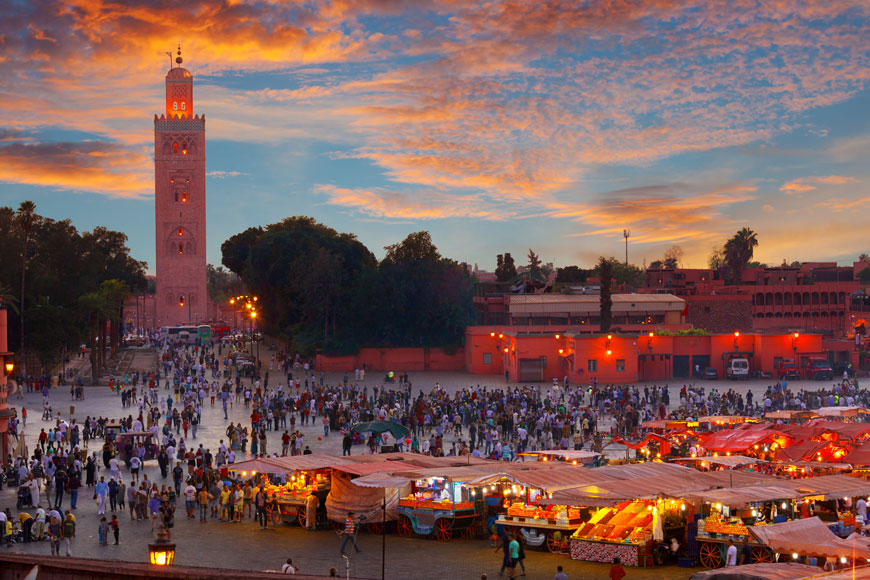
Marrakech

Chefchaouen
